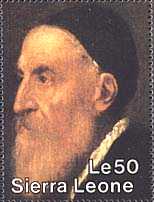 |
|
|
|
The Art of Portrait |
|
Titian's most important
innovations in the years from 1530 to 1550 were made in portraiture.
In 1516 he had been named official painter to the Venetian state;
thereafter he worked at the courts of Ferrara and Mantua. In the
1530s and 1540s he travelled to Bologna to paint portraits of the
Emperor Charles V and Pope Paul III, and at the Pope's behest he
visited Rome and met Michelangelo. He joined the court of Charles V
at Augsburg, Germany, in 1548 and 1550. As a result of this
connection, he obtained a multitude of portrait commissions |
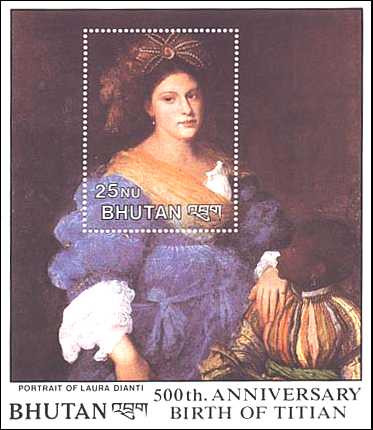 |
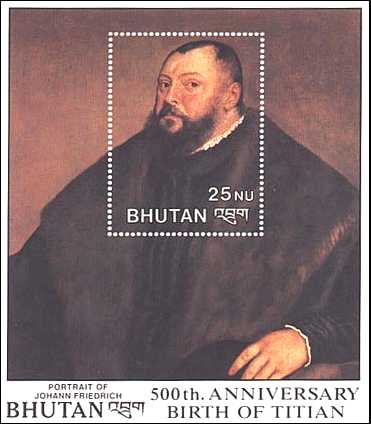 |
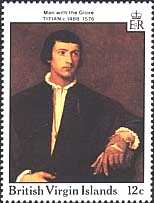 |
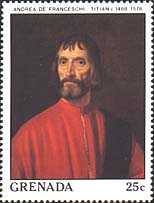 |
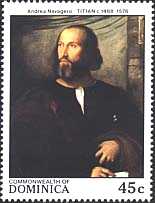 |
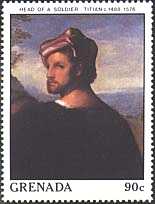 |
The neutral atmospheric backgrounds of the earlier portraits might be replaced by cannily disposed elements of setting, such as a column, a curtain, or a view into landscape. These elements, and the patterns in which Titian arranged them, remained staples of formal portraiture into the 20th century. In general, these court portraits are images of command rather than explorations of personality. In some portraits of the 1540s, however, Titian used his unsurpassed skills as a visual dramatist to compel the viewer's participation in the sitter's inner life.
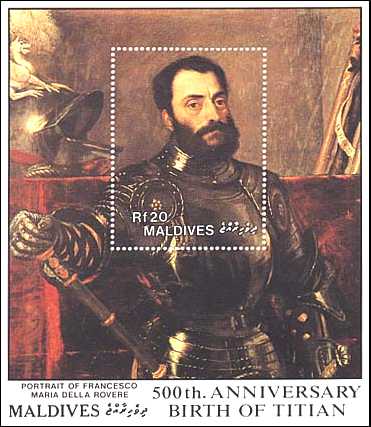 |
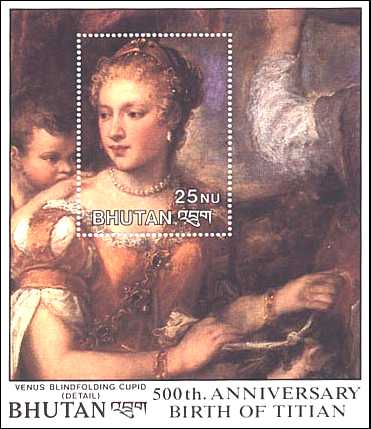 |
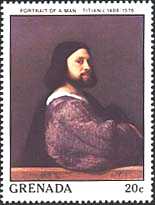 |
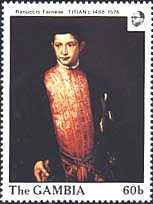 |
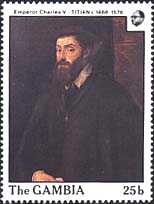 |
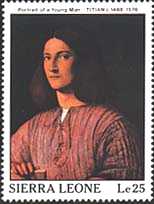 |
Background: The Death of Actaeon. National Gallery, London.

